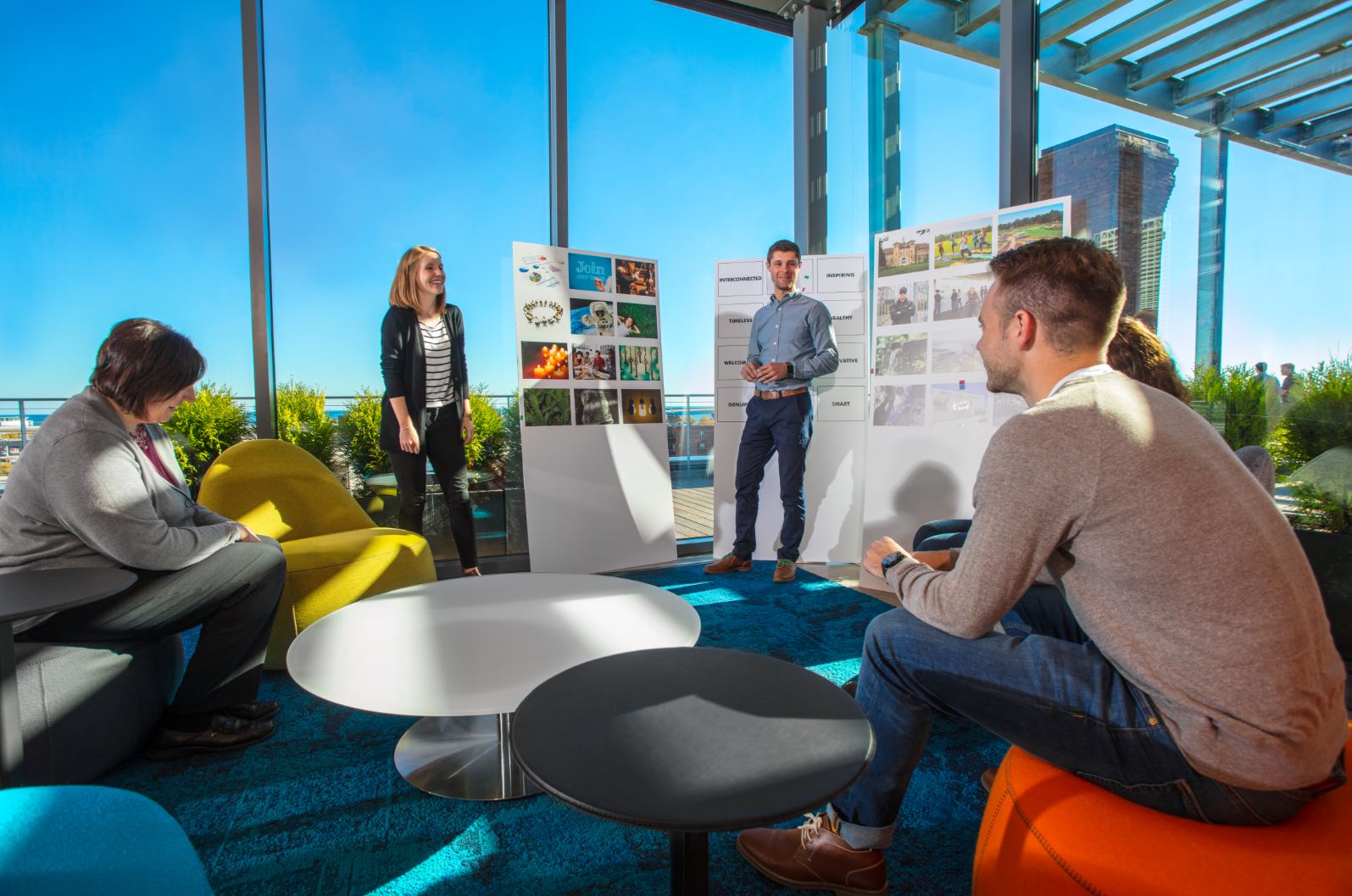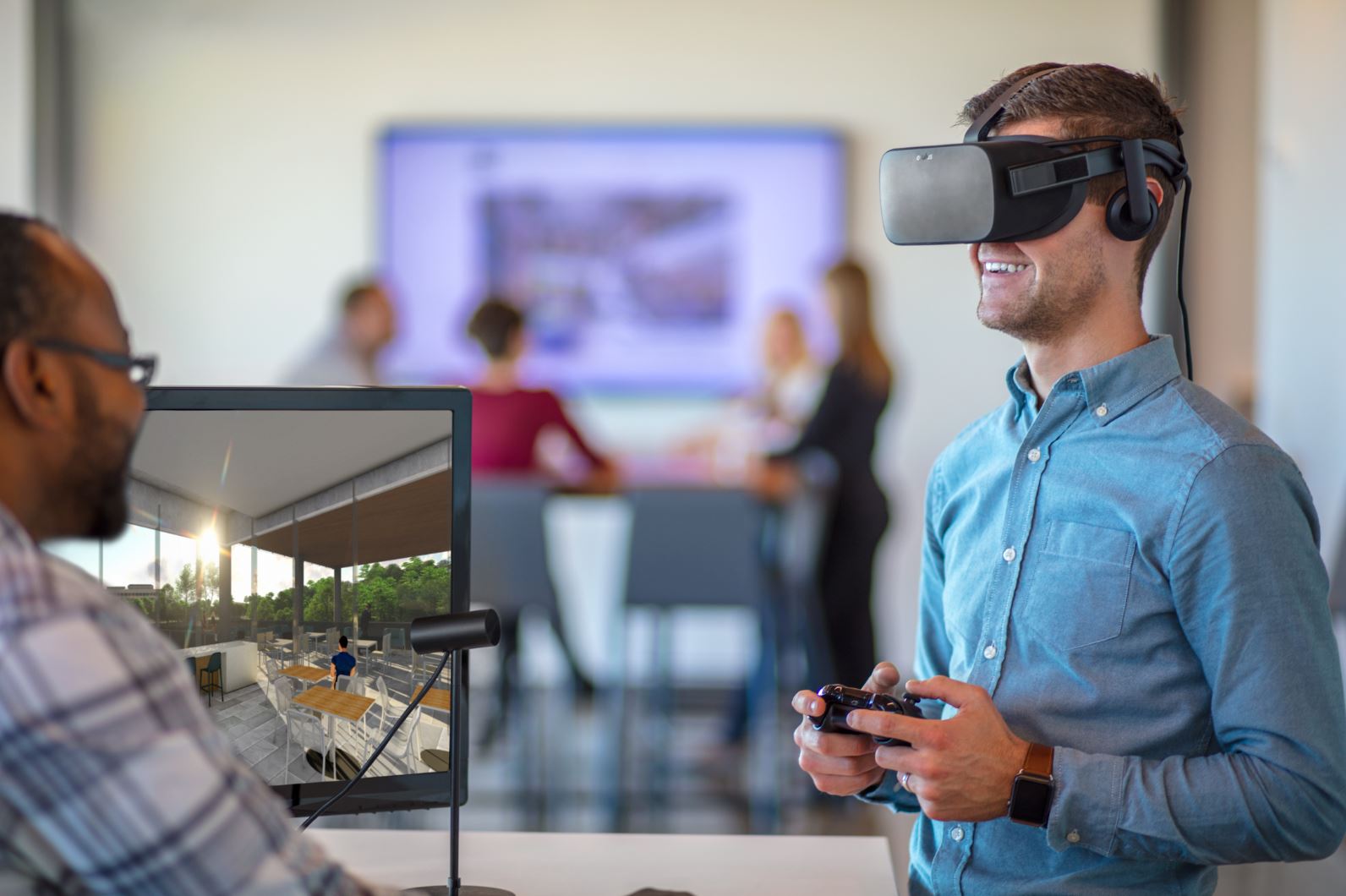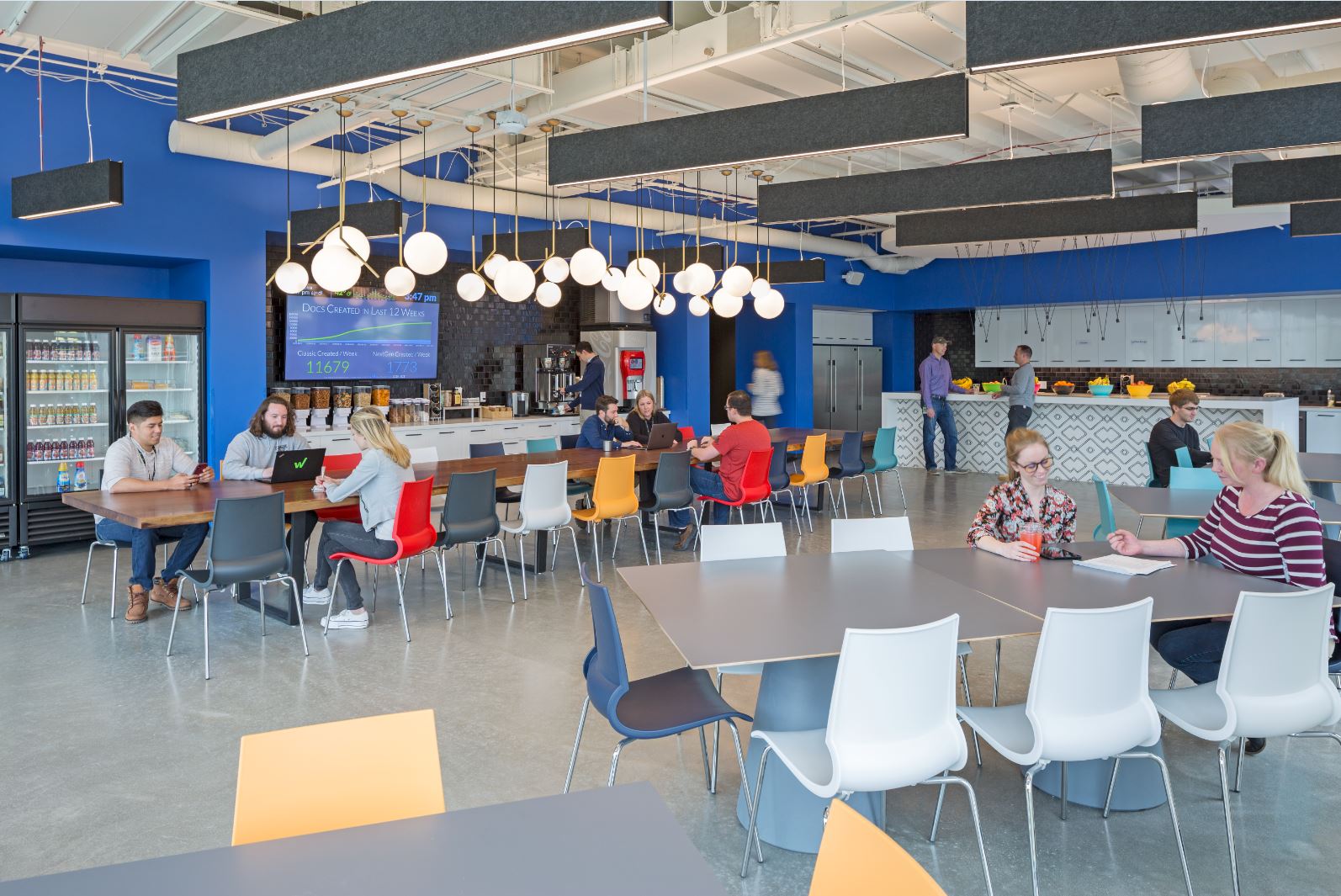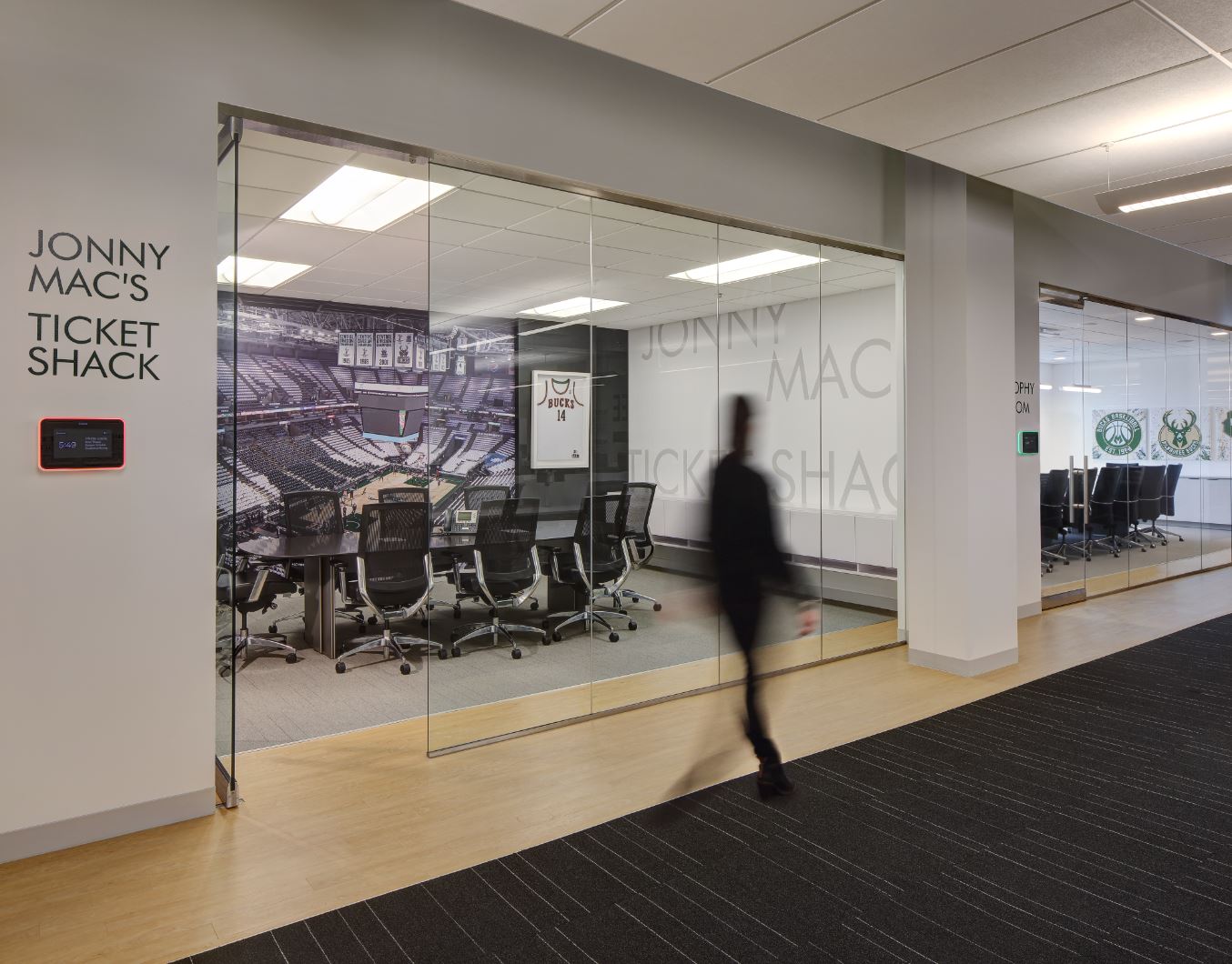Change is hard. Heather Turner Loth is here to help with five change management tips to help organizations maintain and elevate workplace engagement.

There are only three measurements that tell you nearly everything you need to know about your organization’s overall performance: employee engagement, customer satisfaction and cash flow…. It goes without saying that no company, small or large, can win over the long run without energized employees who believe in the mission and understand how to achieve it.
– Jack Welch, former Chairman and CEO of GE, now Executive Chairman at The Jack Welch Management Institute
Well, I couldn’t agree more Jack! With such a competitive environment for talent, organizations are seeking strategies to keep current employees engaged and energized now more than ever. They are also looking to attract the best and brightest to their doors. Higher engagement among employees has amazing, positive ripple effects that can impact the bottom line and go beyond the organization’s four walls. When employees are excited about where they work; they are more likely to promote the workplace to others who could be that competitive advantage an organization is seeking. Many companies are looking at how physical changes to their workplace can support their business goals and improve the employee experience.
Measuring engagement within the workplace happens in many ways. Here are five key steps and tools, within the lens of change management, to help organizations maintain and/or elevate engagement when undertaking a workplace improvement project or relocation:
1) Communication Strategy
Determining your audience(s) and developing the right message for each is a key component to ensuring smooth change management. Whether the audience is leadership, employees or the core project team; each deserves an appropriately crafted message that is relevant to them. The communication plan should overlay with the design schedule, identifying the right times to tap into each audience for information and when to articulate the message back out to each group. Showing renderings paired with the ‘why behind the design’ to employees so they can visualize the layout of their workspaces and further understand how it aligns with the business goals, provides them an opportunity to provide feedback and further engage in the process. However, showing a rendering too early and without messaging, can have a negative effect. For example: showing a team of employees, who all have separate private offices, a rendering of an open workspace before they have been given the message of the “why” behind the new design can cause chaos and confusion. A clear and well thought out change management communication strategy can set the tone for a smooth and easy transition.
2) Want Engaged Employees? Give them a Voice.
Workplace changes and projects are often determined by the leadership of an organization and do not always involve employee input. Employee input, however, can be extremely valuable and serve as a guide in the preferences of a future workforce (particularly if you are able to collect generational data in correlation to preferences). For example, we leverage a very simple survey tool that provides employees a voice without setting an expectation for change. How do we do that? We ask very simple, current state questions aligned with the built environment that employees rank on a satisfaction scale. Both client and designer gain better insights into project priorities and message alignment back to employees, demonstrating that “we have listened” and “within the design, here are those ways we listened.” This is just one tool that engages employees in the process. Other ways could be through a company intranet site where employees can ask questions or gain project updates along the way. The key to these sites is having a way of taking in information but also articulating information back out so that employees are responded to. Other ways to engage employees is by allowing them to vote on certain furniture upgrades if you are replacing or modifying workstations or give them an opportunity to name new conference or huddle rooms.

3) Articulating the Why
Changes in the design of a workspace should support the organization’s future business objectives and embrace the culture of that organization. People are creatures of habit so employees can often get very focused on their own personal needs and rooted in how they work today, while the business objectives of the future may point to new workflows or environments to support innovation into the future. Having a “why” helps employees to mentally prepare for the greater change. This is where transparency comes into play. It is important for organizations to align future objectives, the culture of their organization with the place and technology solutions that are going to best support the future of their business. Some of the ways to do this is through newsletters, town hall discussions, interactive company intranet pages dedicated to the project as well as virtual reality that goes along with a messaging guide. These tactics introduce employees to the environments they may expect to see in the new space and what type of work can be done in that space. Particularly, on move-in day, it can be very beneficial to welcome employees to their new workstation with a welcome packet further explaining the ‘why and how’ of their new work environment. If supporting wellness within the workplace was identified as a key to supporting the business objectives, and workstations now have sit to stand desks, tell your employees this and help them understand how to best leverage this new feature. This helps place the focus on the future direction of the company; thereby evolving a possible “me” focus into a “we” mentality.

4) Behavior Alignment to Support Culture
To support the company culture at an organization, there must be an understanding of current behaviors and alignment on ideal future behaviors, particularly in an environment with new work settings and options. Observing current behaviors within a work environment can be a very informative tool that can help transition behaviors of the current work environment to a new one. One of our recent clients wanted to promote a more collaborative and vibrant culture. During observations and tours of the work environment, many employees were found eating at desks and we logged several small refrigerators and coffee pots in a whole host of locations scattered throughout their facility; this did not promote opportunities for cross-department collaboration. Through the new design a centralized break area and work café for employees was introduced to further promote chance collisions and collaborations that can lead to relationship building and idea generation throughout the work environment. The key, however, is removing the multiple coffee pots and small refrigerators throughout the existing work environment and promoting a new behavior of taking breaks away from the workstation. The behavior shift started with leadership, who demonstrated their commitment to utilize these spaces and resulted in a trickle effect to the employees to use these spaces more. In the common break area, a local higher end coffee was provided, further incentivizing employees to use the break areas. These change management tools, leading behavior change and considering an incentive to further support a cultural shift can be simple, yet impactful. As a result, the employees at this location, are loving these spaces and use them daily beyond just a break location, they are also having quick collaborations and informal meetings in their new work café and break area.

5) Make it Fun
Involving staff members in any change management activity and providing fun initiatives along the way fosters an environment of inclusion and helps ease the transition. Celebrations of major milestones in project design and construction can also improve the experience. Some examples of fun ways to involve staff members include:
- Tours and sneak peaks to let staff members see progress
- Decluttering competitions
- Naming of rooms competition
- Artist display where staff votes on final selections
- Sign the stud opportunity during construction
- Wellness challenge to get staff excited about the new space
- Firm-wide tournament (ie. shuffleboard) to foster adoption of the space

Bottom Line
Transparency and communication with employees are key when considering changes in the workplace; providing avenues for employees to provide their voice and obtain updates while the project is being developed and underway is essential. Change management requires a thoughtful approach and should support continuous feedback.
If your employee’s level of engagement is your benchmark, continue to track this and react. For your workplace project, consider looking to areas within those engagement scores where the built environment or technology can better support the way people work, interact or function within a space. This will give you guidance on where to prioritize and message with employees the things you may be doing to better support that area of engagement.


These are all great tips! Giving employees a voice is so important. Thanks for sharing!
Thank you for the feedback Elena! Agreed – employee voice is key!